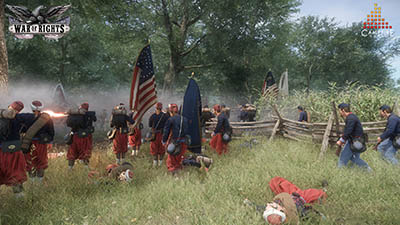

20th Deccan Horse drawn up in ranks during the Battle of Bazentin Ridge, part of the Battle of the Somme, 1916 The Eastern Front As months and then years rolled by, the cavalrymen were taken off their horses and fielded to fill gaps in the infantry lines. It would be suicidal for the cavalry to charge through such conditions.Ĭommanders kept the cavalry in reserve while waiting for the breakthrough they were sure would come. Even without the hail of fire a machine-gun could discharge, men with modern weapons could annihilate a cavalry charge.Īs the war in the west developed, trench lines, barbed wire, and machine gun nests gave an even greater advantage to infantry on the defensive. The dismounted Hussars fired devastating rifle volleys at the charging Germans, killing or wounding nearly all of them.

The British 18 th Hussars fought against a group of 70 German cavalry. Trenches on the Western FrontĪ few days after the clash at Moncel, another encounter showed which way the wind was blowing. On September 6, 1914, the German 1 st Guard Dragoons fought the British 9 th Lancers at Moncel. There were fights between cavalry troops. They were eventually captured but had achieved a lot. They created fear in Paris and diverted soldiers to hunt them down. With 16 hand-picked men, he spent six weeks roaming around behind the French army, gathering intelligence, cutting telegraph lines, and blowing up rail tracks. The 21-year-old Strachwitz, a Guards Cavalry officer, volunteered for a dangerous long-range patrol. One of the most successful expeditions was led by the German Lieutenant Hyazinth von Strachwitz, later a Panzer commander in WWII.

They sometimes formed bridgeheads into which other troops could advance. Mounted men were sent ahead to scout out the terrain and enemy formations. The opening clashes of the war saw cavalry used in its traditional role. Machine guns, fast firing rifles, artillery, and barbed wire were about to change the face of war in Europe. That view, common among other commanders, showed how little they understood about the weapons of the era.


 0 kommentar(er)
0 kommentar(er)
